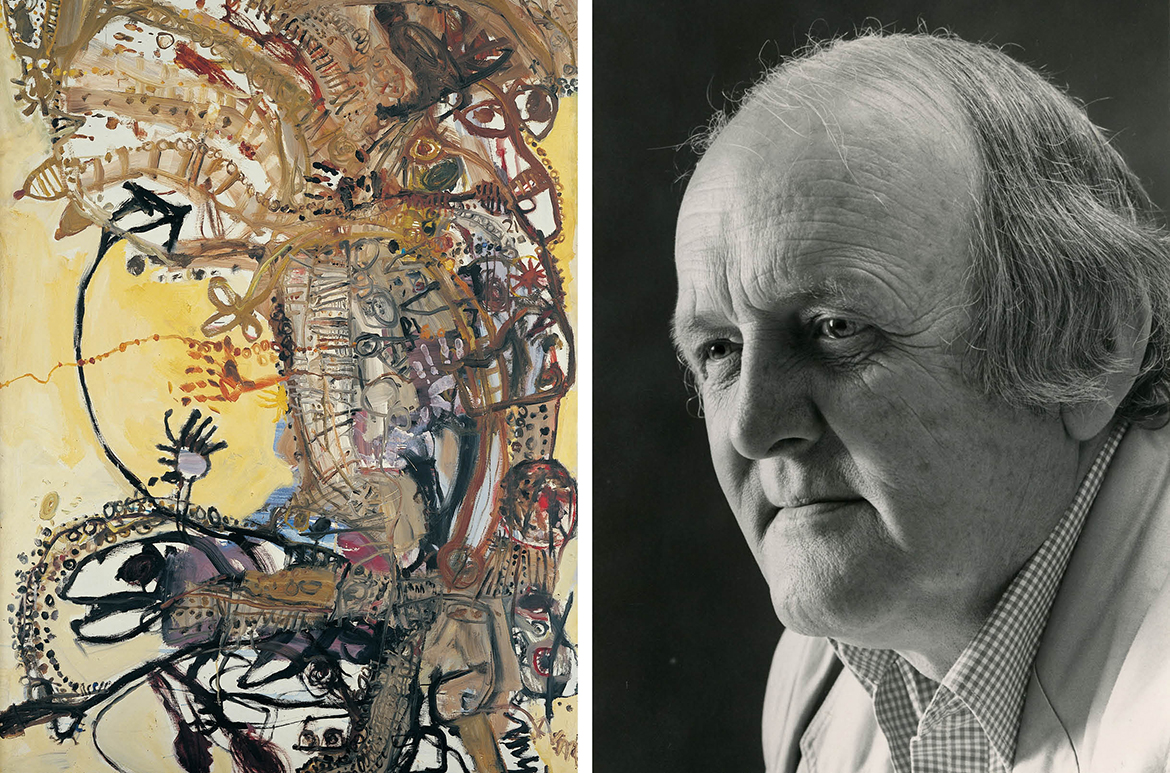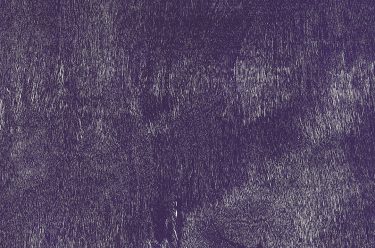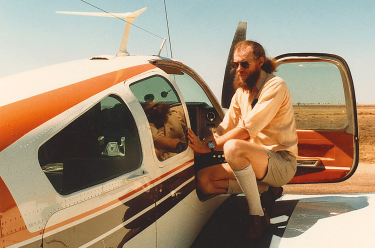John Olsen AO OBE (1928-2023), who was one of Australia’s last great post-war landscape painters, has died at the age of 95. For more than 60 years Olsen’s name was synonymous with his lyrical depictions of the Australian landscape and its natural inhabitants that greatly contributed to a vision synonymous with this country.
QAGOMA farewells one of Australia’s most celebrated artists
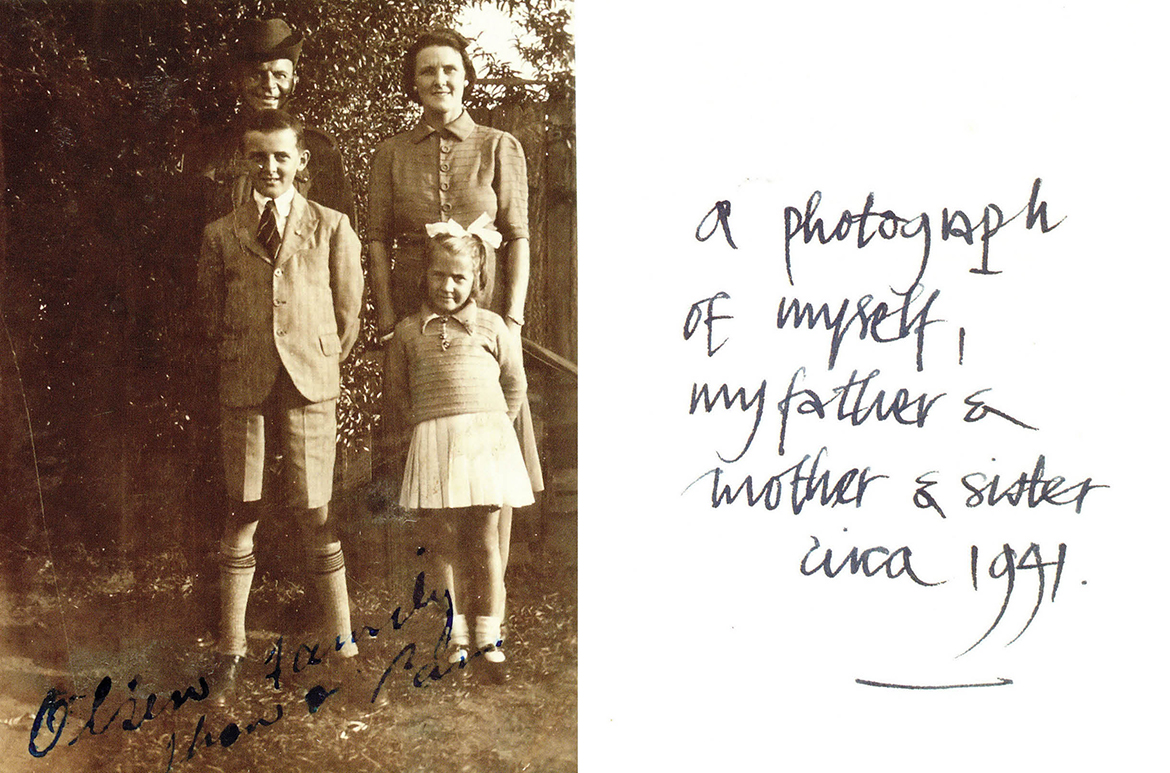
Born in Newcastle in January 1928, Olsen studied at the Julian Ashton School, Sydney 1950–53, and in 1957, at the Datillo Rubbo Art school and East Sydney Technical College before first making his name with works made during three years living in Europe with funds raised by private subscribers, studying printmaking in Paris, followed by two years in Spain.
John Olsen ‘Journey into the you beaut country no. 2’

On returning to Australia in 1960, Olsen cemented his position as one of the nation’s leading artists with his cheekily titled ‘You beaut country’ series. The Gallery’s Journey into the you beaut country no. 2 1961 (illustrated), was awarded the HC Richards Memorial prize in 1961 by leading Australian artist Russell Drysdale (illustrated) recognising Olsen’s fluid boundaries between abstraction and figuration with its palette remanence of the dry earth. Its award and subsequent purchase by the Gallery sparked great public debate. His vision was a high energy mix of place, memory, imagination and emotion that disrupted traditional views of the landscape, which presented a fresh look at Australia’s landforms.

In taking a broader perspective, Olsen created a sense of totality that captured the essence of the places he painted. The visits he made to Lake Eyre from 1974 to 1976, sometimes by air other times very much within the landscape added greater breadth to his understanding of the land.
Olsen was also known for his sparkling depictions of Sydney Harbour, including his mural Salute to Five Bells, which proudly hangs in the Sydney Opera House. An exponent of non-figurative painting, the artist’s work was informed by poetry, literature, art and philosophy, and by his practice as a potter, printmaker, tapestry designer and creative writer.
With John Olsen’s passing, Australia has lost a dedicated and endlessly inventive chronicler of the Australian subject for which he will continue to be celebrated.
Delve deeper into the collection
Journey into the you beaut country no. 2 1961 is a major painting in John Olsen’s artistic output and in the history of Australian art. It is one of a relatively small group of works known as the ‘You beaut country’ series. When they were first exhibited, their impart was swiff and intense. Here was a vision of an Australian ethos that was neither the pastoral idyll of the open landscape, nor the threat of the bush or the desert interior. Instead it was a layered, cumulative vision of place encompassing the unexpected, the animistic and the irrational.
As opposed to the Renaissance conception of landscape that depended on perspectival space, in Olsen’s works, near and far, the macrocosm and microcosm were brought together as an organic entity, a ‘totality of experience’. Neither wholly abstract nor wholly figurative, the works in the You beaut country’ series are in essence landscapes of mind, imagination and experience, made vital by a sense of passionate engagement with process and with the local environment.
While Journey into the you beaut country no. 2 is a seminal work of the period, Sea flux 1963 (illustrated) is a more exploratory brush, charcoal and pastel drawing. Nevertheless, both examples are characteristic of Olsen’s distinctive means of expression that emerged with clarity in the early 1960s. Both represent the culmination of a struggle during the mid to late 1950s to discover what Olsen described as ‘a new figuration’ — an attempt to go beyond the boundaries of literal representation without losing imagery and content.
Edited extract from ‘Come with me on this journey‘ by Deborah Hart in Brought to Light: Australian Art 1850-1965, Queensland Art Gallery, 1998.
John Olsen ‘Sea flux’
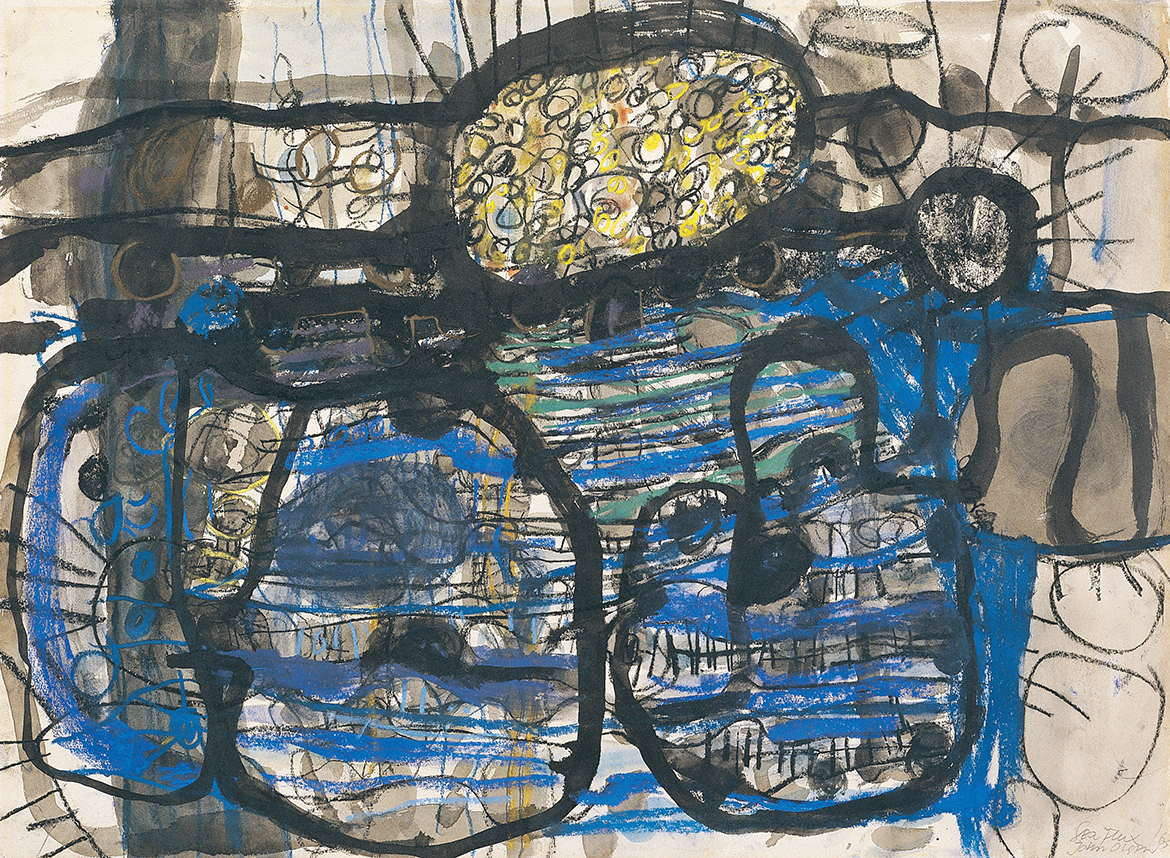
Arthur Boyd, John Olsen ‘Boyd by Olsen and Olsen by Boyd’
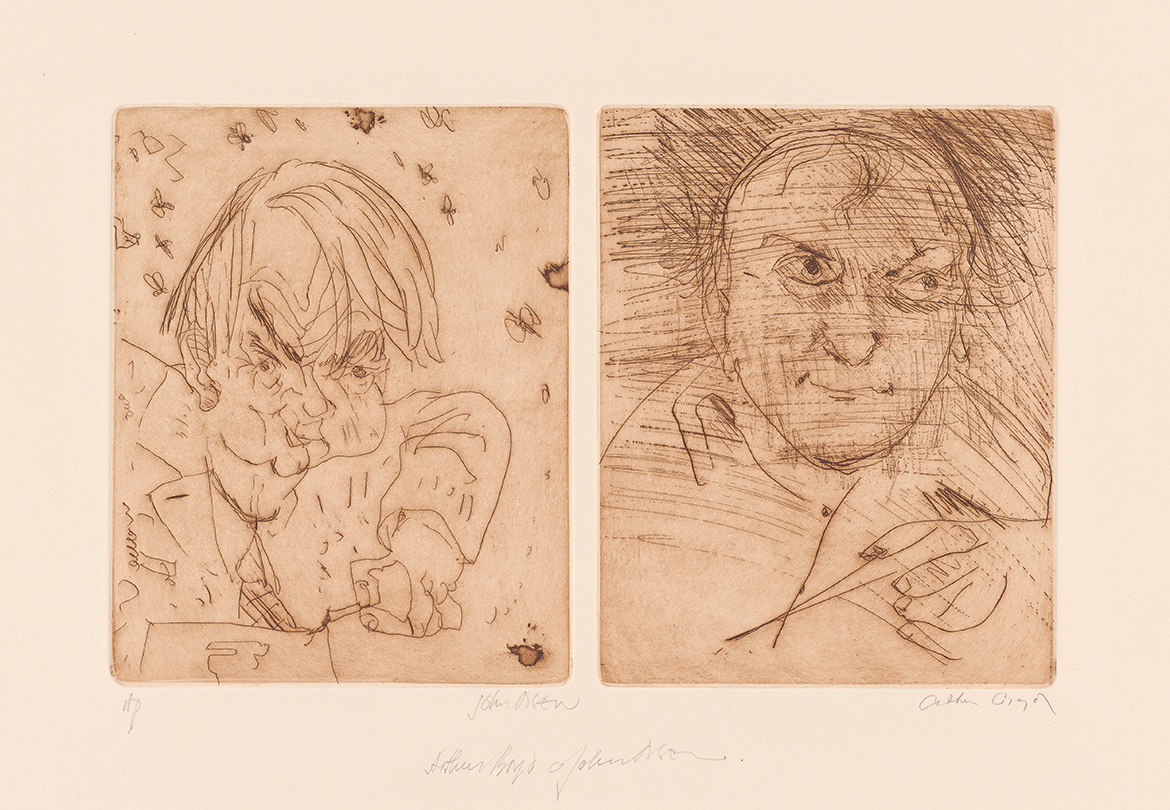
Featured image: John Olsen Journey into the you beaut country no. 2 (detail) 1961 / Photograph of John Olsen, Painters and Sculptors: Diversity in Contemporary Australian Art [exhibition catalogue], Queensland Art Gallery, 1987.
#QAGOMA
